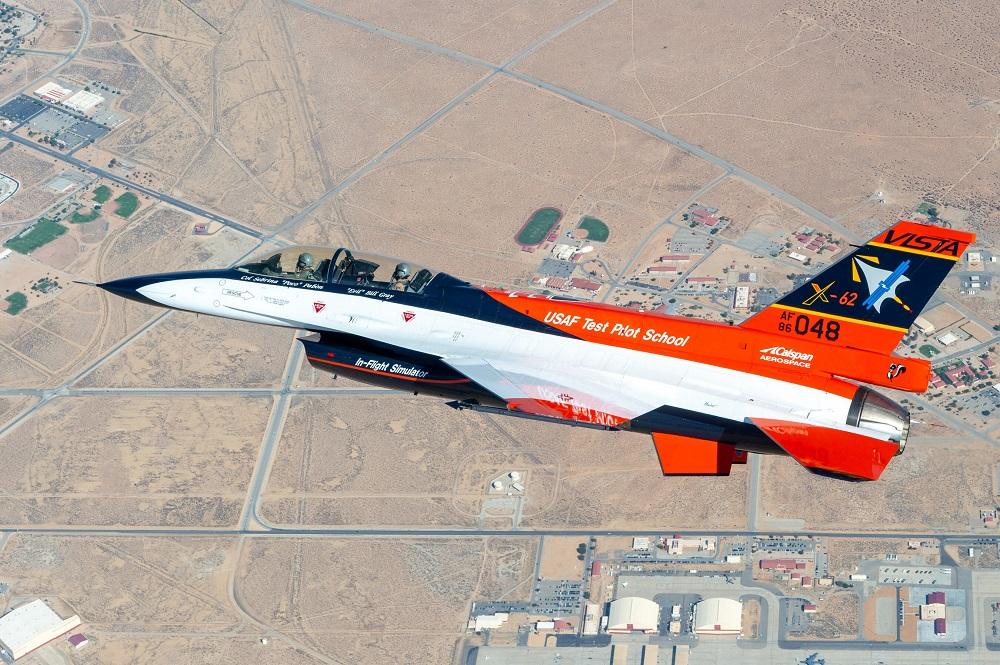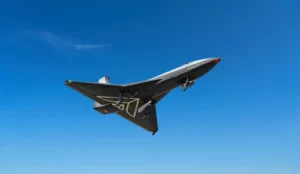DARPA Achieves Milestone with AI-Controlled F-16 in Live Flight Test
DARPA has successfully conducted the first live-flight test using AI algorithms on a modified F-16 fighter, marking a breakthrough for autonomous air combat capabilities under the ACE programme.

Photo Source: MilitaryLeak.COM
DARPA has achieved a groundbreaking milestone in advancing autonomous air combat capabilities with the successful completion of the first live-flight test using AI algorithms on a modified F-16 fighter aircraft. This achievement marks a pivotal moment in DARPA’s Air Combat Evolution (ACE) programme, which aims to integrate artificial intelligence into combat aircraft to enhance operational capabilities.
The live-flight demonstration, conducted with the X-62A Variable In-flight Simulator Test Aircraft (VISTA) at the US Air Force Test Pilot School (TPS) in Edwards Air Force Base, California, showcases the ability of AI agents to control a full-scale aircraft in real-world scenarios. This capability represents a significant leap from previous simulations and computer-based exercises to actual flight operations.
The ACE programme, initiated in 2019, focuses on developing AI-driven autonomy for combat aircraft through human-machine collaborative dogfighting. By uploading AI software into the specially configured F-16 jet, DARPA engineers and researchers have demonstrated the potential for AI to handle complex aerial maneuvers and decision-making processes autonomously.
The successful integration of AI into live-flight operations not only validates DARPA’s technological advancements but also sets the stage for future innovations in military aviation. It underscores the agency’s commitment to leveraging AI to enhance mission effectiveness, improve response times, and mitigate risks in combat scenarios.
Moving forward, DARPA plans to expand the ACE programme’s capabilities, including further refining AI algorithms, conducting more extensive flight tests, and integrating autonomous technologies into broader military applications. These efforts aim to reshape the landscape of aerial warfare by introducing advanced autonomous systems capable of adapting to dynamic battlefield conditions.

While the use of AI in military applications raises ethical and strategic considerations, DARPA emphasizes rigorous testing and safety protocols to ensure the reliability and security of autonomous systems. The agency continues to collaborate closely with military partners and stakeholders to address these challenges and optimize the integration of AI technologies in defense operations.
Overall, DARPA’s successful live-flight test represents a significant step towards realizing the vision of AI-driven autonomous aircraft, paving the way for future advancements that could redefine the capabilities and effectiveness of military air power on the modern battlefield. It underscores the transformative potential of AI in enhancing national defense capabilities and maintaining technological superiority in an increasingly complex global security environment.






